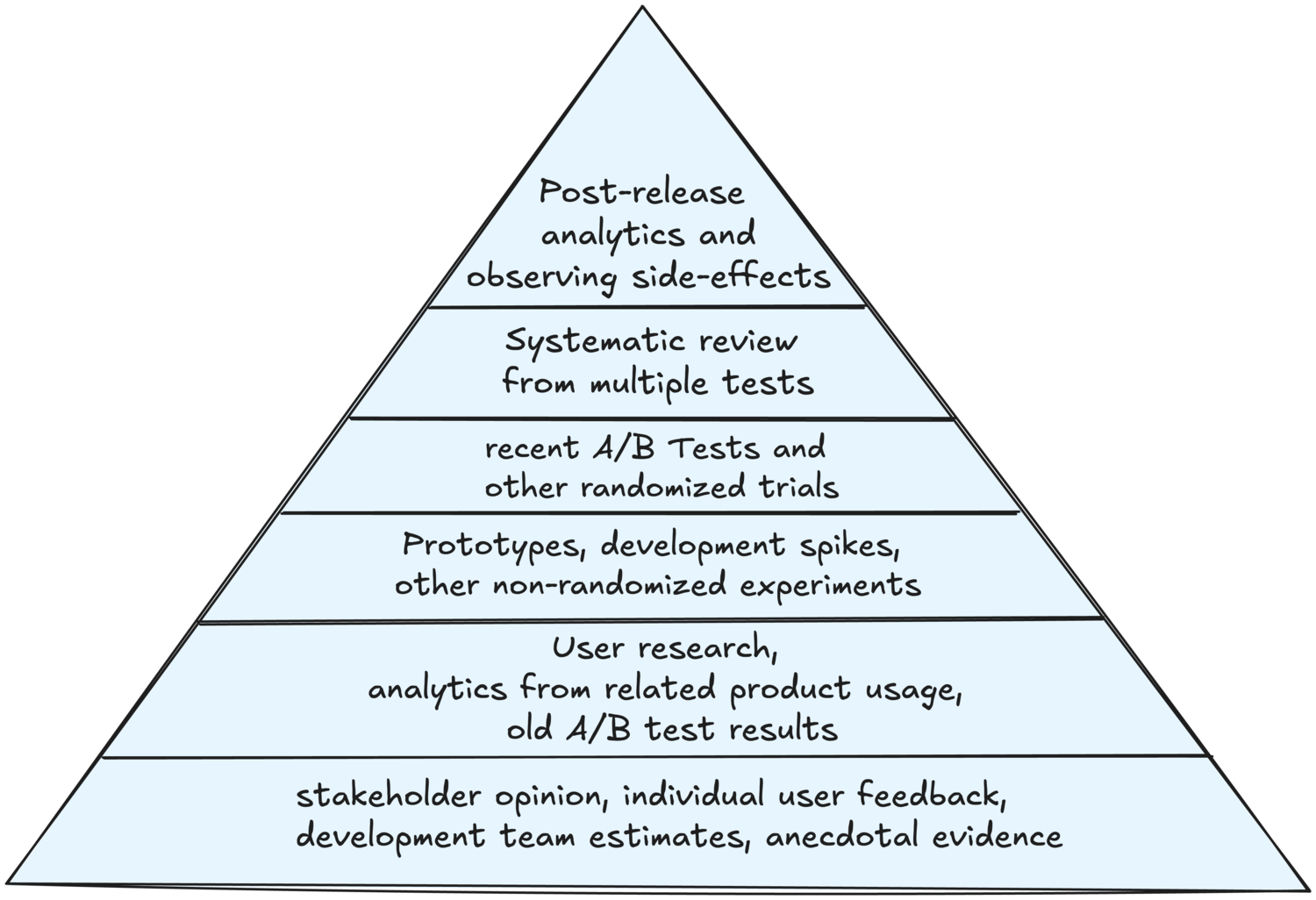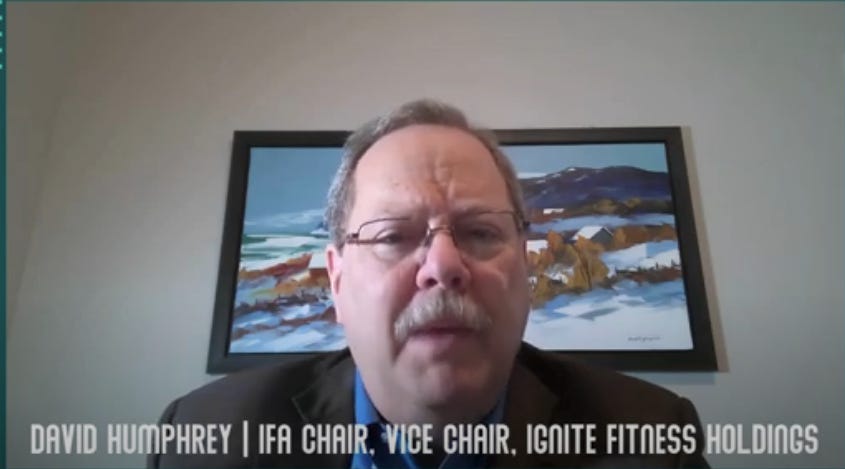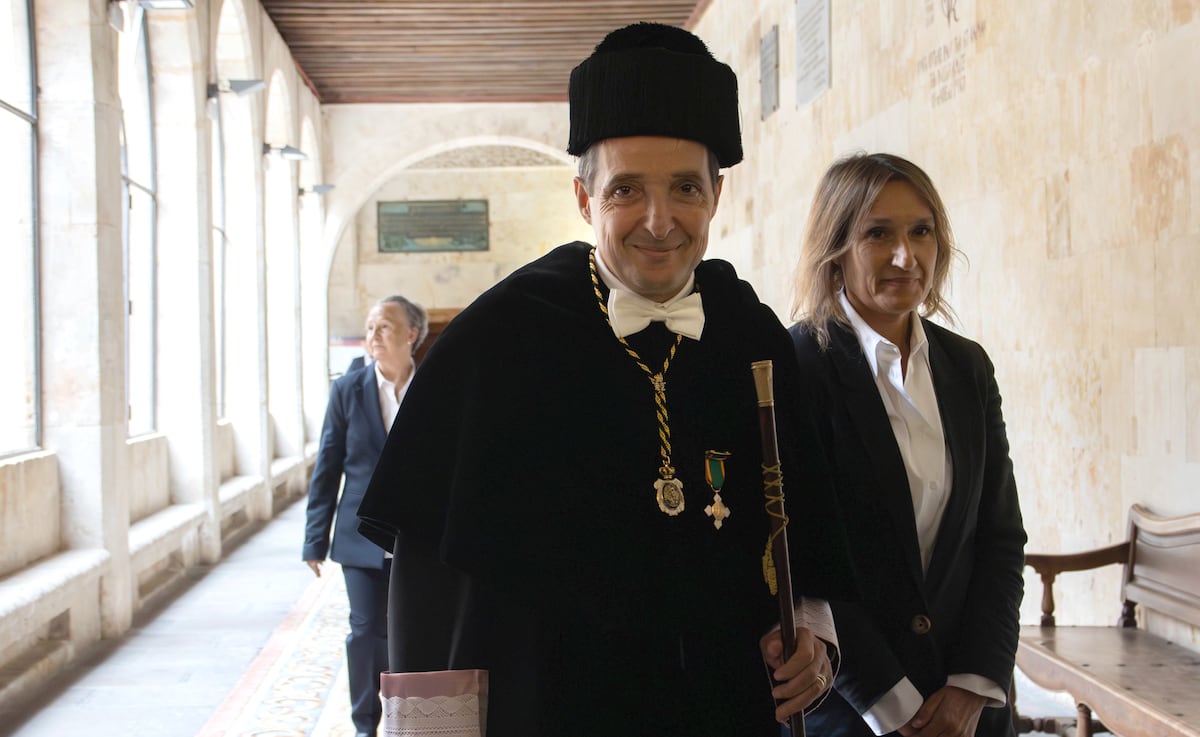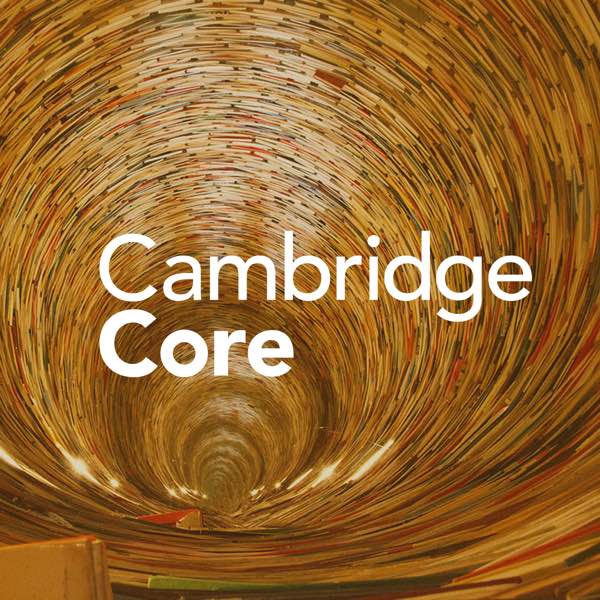
19 - Hoyle–Narlikar theory and the changing masses origin of the CMB
Our systems are now restored following recent technical disruption, and we’re working hard to catch up on publishing. We apologise for the inconvenience caused. Find out more: https://www.cambridge.org/universitypress/about-us/news-and-blogs/cambridge-university-press-publishing-update-following-technical-disruption
We use cookies to distinguish you from other users and to provide you with a better experience on our websites. Close this message to accept cookies or find out how to manage your cookie settings.
Right after the 1965 discovery of the CMB, F. Hoyle and his student J.N. Narlikar constructed a new version of the steady-state model, starting with Hoyle’s matter creation scalar field, and this model is the focus of the chapter. The creation of matter in the pockets near massive objects violated earlier adherence to inhomogeneity. The 1972 version of the model introduced an intriguing explanation of the CMB as a radiating of the boundary between the regions of the universe with positive and negative mass: any amount of matter entering such a boundary will act as a perfect thermalizer, with radiation of 3 kelvin reaching us from all directions. It was perhaps the first worked out model of the multi-universe. Hoyle and Narlikar argued for perfect thermalization, implying a black body spectrum. In this, their model was unlike many other unorthodoxies motivated by the erroneous measurements of 1979 indicating disagreement with the shape of the spectrum.
To save this book to your Kindle, first ensure coreplatform@cambridge.org is added to your Approved Personal Document E-mail List under your Personal Document Settings on the Manage Your Content and Devices page of your Amazon account. Then enter the ‘name’ part of your Kindle email address below. Find out more about saving to your Kindle.

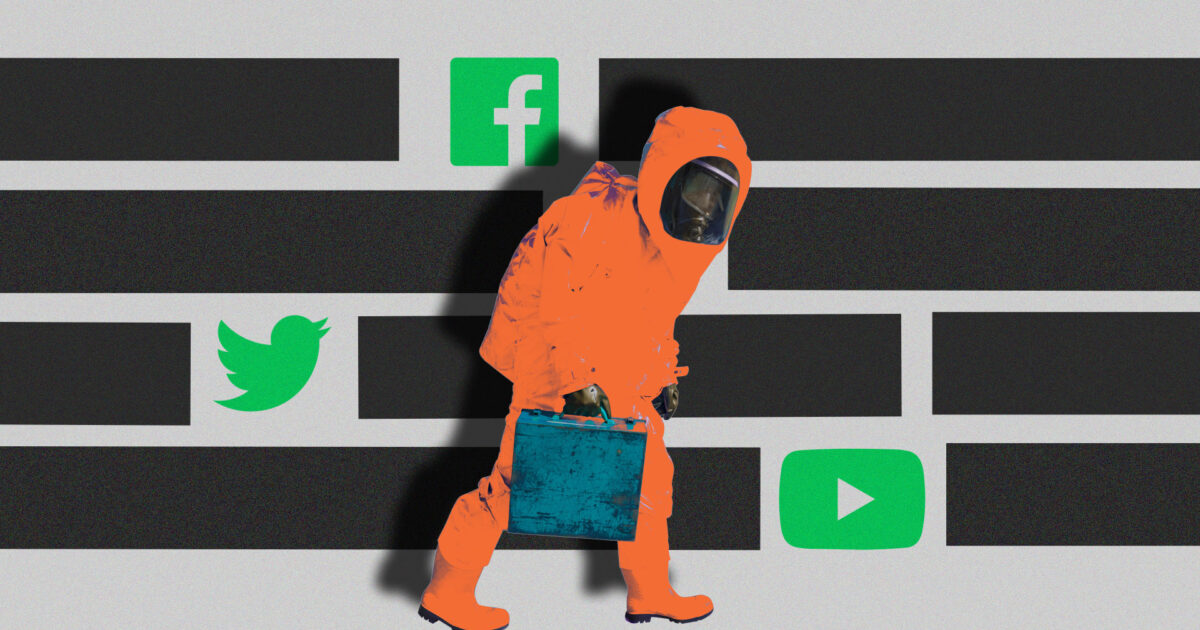





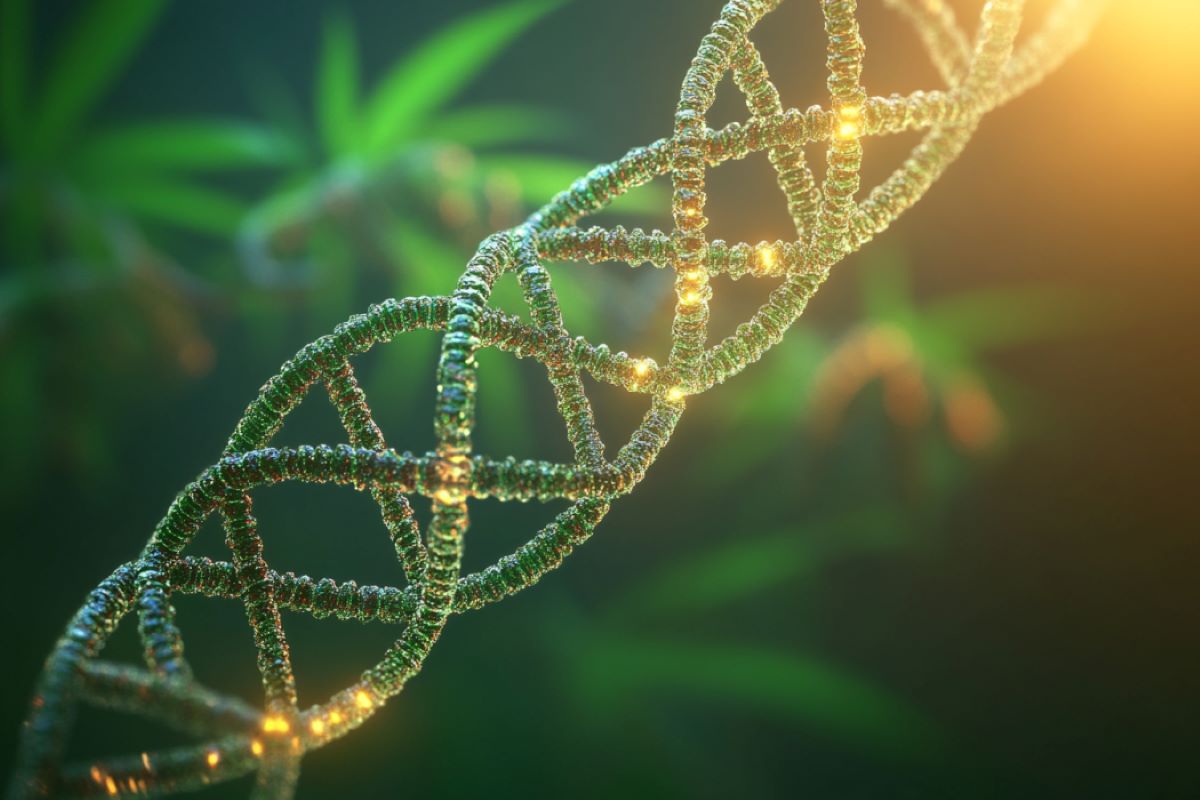
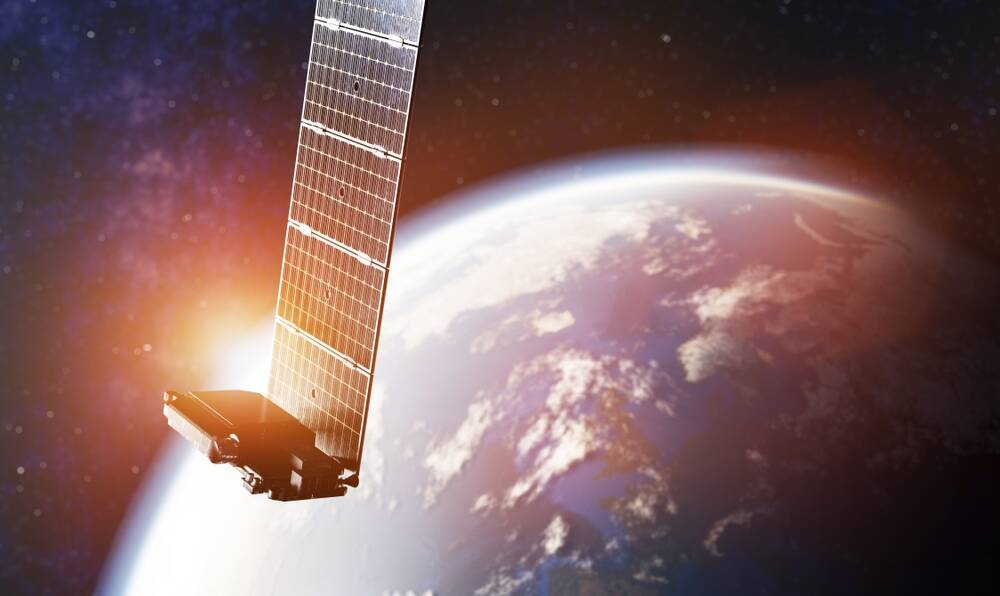
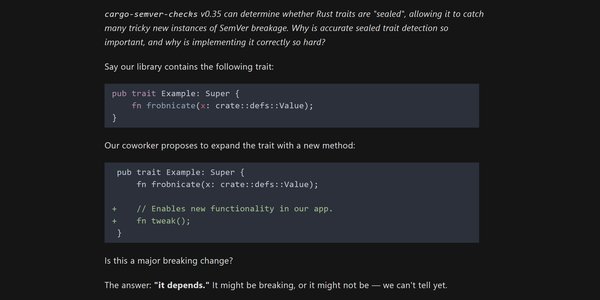


/cdn.vox-cdn.com/uploads/chorus_asset/file/25686563/ploopy1.jpg)


